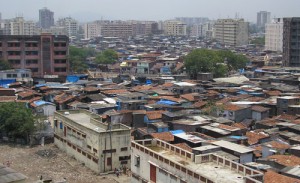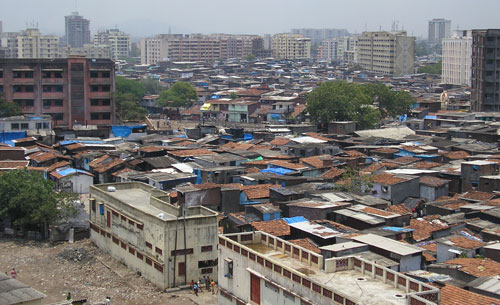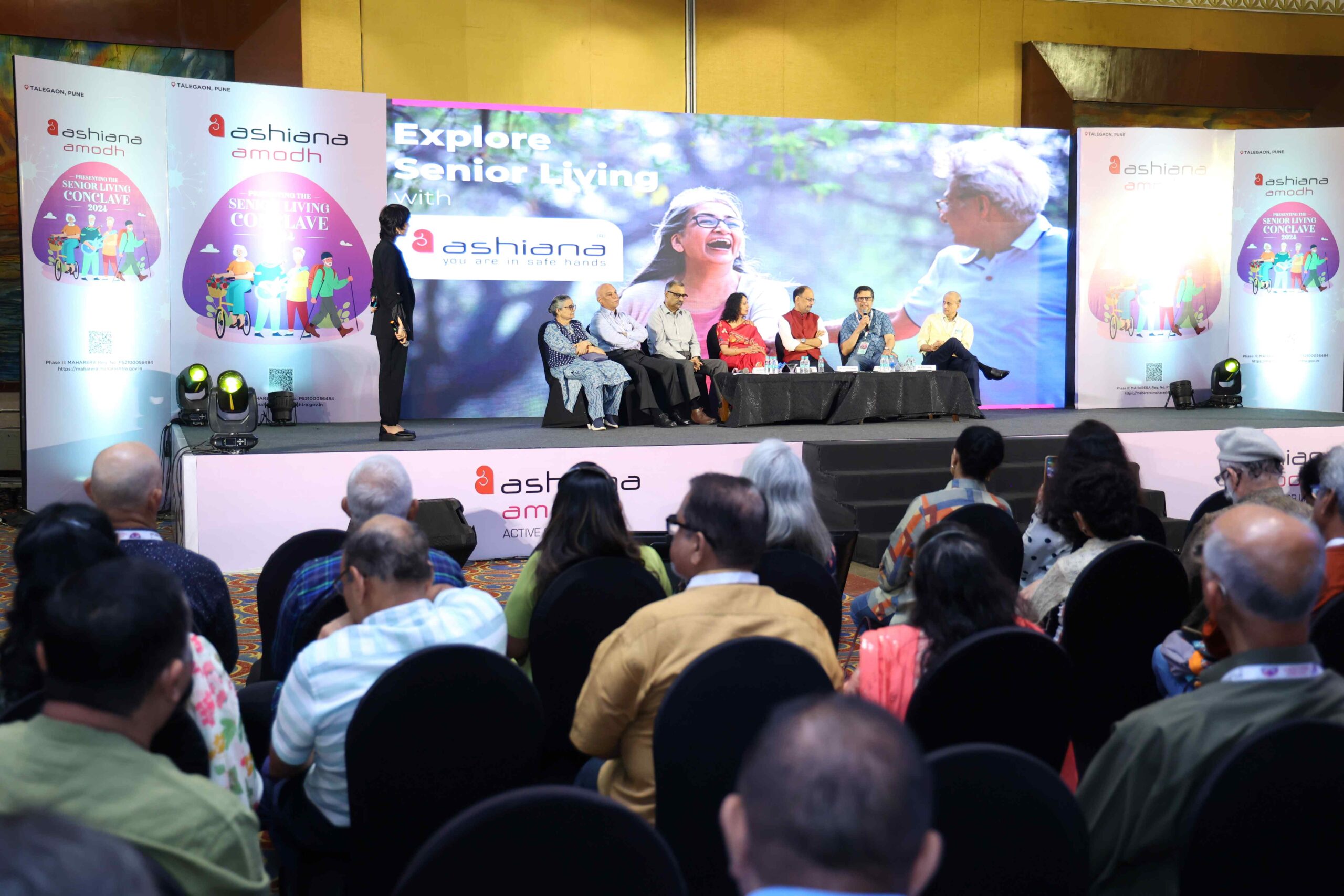Bottom Line: The urban planners who are not exposed to the ground realities of Mumbai wonder as to how the developers failed to see the bigger picture of developing 557 acres of prime land in Dharavi through PPP.
 The Mahatarashtra Government’s ambitious Rs. 22,000 crore plan of the redevelopment of Dharavi slums through a global tender did not get a single bidder. The issue of slum redevelopment not finding many takers has hence yet again snowballed into public discourse.
The Mahatarashtra Government’s ambitious Rs. 22,000 crore plan of the redevelopment of Dharavi slums through a global tender did not get a single bidder. The issue of slum redevelopment not finding many takers has hence yet again snowballed into public discourse.
The analysts who are tracking the market in this part of the world understand that the ground realities are beyond the curent slowdown, as Dharavi Redevelopment Authority officials would like the world to believe.
While many of the Indian cities are looking up to Mumbai as a case study for redevelopment, the Dharavi experiment indicates to larger issues ranging from policy ambiguity to infrastructure bottlenecks, investors’ confidence, ROI metrics and also sheer lack of vision.
Slum realities of Dharavi
- With 557 acres of land, Dharavi Redevelopment project worth R. 22,000 crore is world’s single largest redevelopment project
- Slum redevelopment challenge ranges from policy ambiguity to infrastructure bottlenecks, investors’ confidence, ROI metrics and also sheer lack of vision
- Many internation investors backed off in the past also after bad experiences
- McKinsey estimates nearly 60 per cent Mumbai and 50 per cent Delhi living in slums
A profitable proposition still bereft of the kind of investment that any other segment of real estate receives, slum redevelopment definitely cries out for its due attention today. If profit margin is the desired criterion or if ROI in the given time frame is the prerequisite, then this segment of developers are any time more cash rich; still investors seem to stay away from redevelopment. After having burnt their fingers in the past where the stiff opposition by a section got the entire redevelopment project stalled, investors seem to prefer the safe bets.
Developers maintain that regulatory bottlenecks are acting as dampener to the process of slum redevelopment. Obtaining approvals and clearances is a time-consuming affair, which is hurting the redevelopment space. A section of developers demand the government to further amend the DCR to make it a practical proposition for the developers.
Factually speaking
In terms of the opportunities, facts speak for themselves. The McKinsey Global Institute estimates that by 2030, India’s need for affordable urban housing could jump by 50 per cent to a staggering 38 million households. Yet India’s main urban housing plan totals less than $2 billion a year, about one-eighth what it spent on the 2010 Commonwealth sports games, and vague promises that all slums will be gone in the next few years.
The reality is that the livelihood issues flocking villagers to cities for work and the slums are growing ever larger. India has about 93 million slum dwellers today, up from 52 million in 2001 and more than the combined population of France and Australia. As much as 50 per cent of New Delhi is thought to live in slums, and 60 per cent of Mumbai.
Everybody wants a slum free city, at least they claim to see India slum free. But the vast urban tracts of land that is shelter to slums across the country in general and Mumbai in particular have thus far not been converted into a lucrative business. Even though there are successful case studies on slum redevelopment in pockets of Mumbai, such experiments are few and far between.
What stops a real estate developer to get into slum redevelopment? Is there no business or their iconic brand status comes in the way of getting at bottom of the pyramid?
Time for out-of-box solutions
Pranay Vakil, Chairman, Praron Consultancy says since none of the traditional solutions have worked, it calls for fresh approach and out-of-the-box thinking. He outrightly blames the ambiguous policies coming in the way of slum redevelopment. He says there is no dearth of expression of interest and even some of the international players had in the past tied-up with the Indian partners for the same. He urges the government for consistency in policy guidelines if slum free city have to be a realty reality.
“A developer taking risk should be assured that there is a policy guideline in place. Some of these slums in Mumbai fall into Coastal Regulatory Zones (CRZs) and there is no clarity over the policy guideline. Then a developer needs government machinery that will not have a hands-off approach. The process of policy making can be democratic, but the process of implementation has to be authoritative. What will a developer do if 20-30 per cent of the slum dwellers resort to protest? A developer who has put in his money will not wait that some day some government will take a decision,” says Vakil.
Most of the analysts maintain this is the reason big developers till only recently were not getting into this segment. Only small time developers with political backing were coming forward for slum redevelopment. This also gave rise to intermediaries who in turn became specialists in wrong practices.
Navin M Raheja, Managing Director of Raheja Developers agrees that slum redevelopment is not like any other real estate business. It has several challenges at several fronts be it mafias, political agendas, bureaucratic hurdles due to lack of initiatives, over expectations of slum dwellers, financial insecurity as the land cannot be mortgaged and an extremely high risk of project getting stuck up in between due to several socio-economic issues.
“The major problem in slum redevelopment is availability of alternative land for resettlement of slum dwellers, social issues, political agendas, gestation period, financing issues and above all the extortionist and blackmailing behavior of some section. Because of all these issues many projects failed at the initial stages and many projects are being held up due to these issues and rigidity of some of slum dwellers to shift at new place,” he says.
Ground reality
Most of the big cities in India have slums in prime locations – for instance Besant Nagar in Chennai or Dharavi in Mumbai or Raghuvir Nagar in Delhi. Slum redevelopment enables betterment of living conditions for slum inhabitants and it contributes to a more effective and robust town planning. Hence, from a business point of view, while developers are entitled to get land in prominent areas of different cities at a cheaper rate, on the other hand they help contribute to the society.
The most challenging part of slum redevelopment is to settle disputes and disagreements among slum dwellers and delay in approvals at the government level. In Mumbai it is true that Slum Rehabilitation Authority (SRA) is taking active steps towards developing slums and changing the skyline of the city. Slum dwellers are provided with better amenities and developers are given extra FSI making it a win-win situation for both. Yet, Dharavi fiasco suggests that the developers are still not confident about policy guidelines and hassle free implementation when it comes to executing large-scale project.
Thus, it is government’s turn to show the will power in addressing the issue. The government can set up a committee to find out what is stopping the realty sector in getting into slum redevelopment which is a lucrative business and helps the society at large. Till then the reality of slum realty will remain a ‘No Entry Zone’ for many of the developers, despite of their positive intent. In Dharavi it is already delayed by nearly a decade to redevelop the entire slum into habitable urban housing zone.
By: Ravi Sinha





